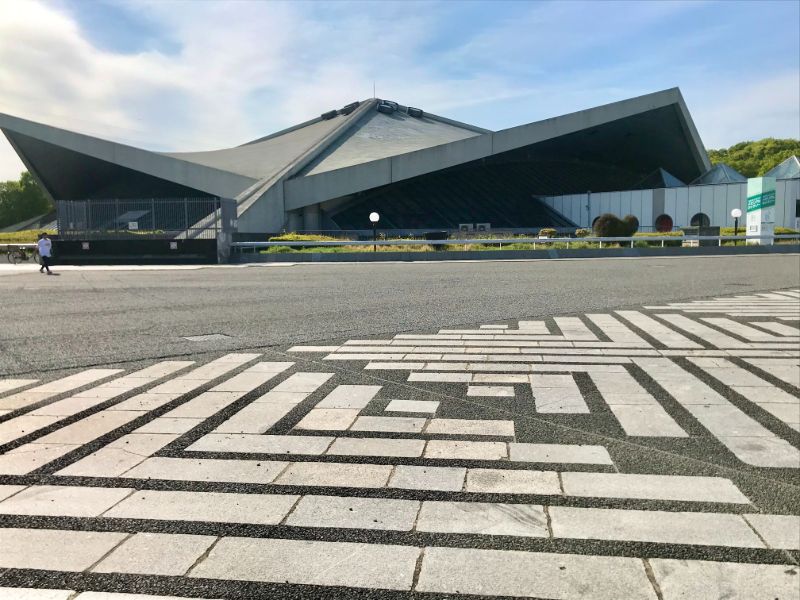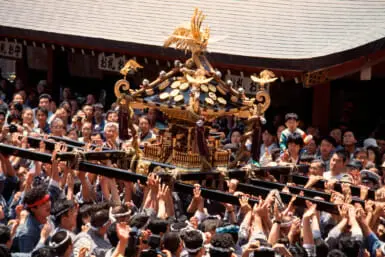The Japanese proverb “Nana korobi ya oki” which roughly translates as “fall down seven times, get up eight,” reflects the Japanese spirit and how we should learn from victory, but learn even more from a setback. After being defeated in World War II, it seemed almost fatalistic for the country to raise its flag at the 1964 Tokyo Olympics. Rather than a source of consolation, however, it acted as a timely resolution to show the world that Japan was ready to rise again.
And boy did it rise. It launched the Shinkansen, rapidly developed five-star hotels, new apartment blocks, commercial establishments, highways and subway stations. There were also new sports facilities for the Games — the Yoyogi National Gymnasium, National Stadium and Komazawa Olympic Park. Though the National Stadium has been completely rebuilt, all three venues are still well worth visiting.
New National Stadium
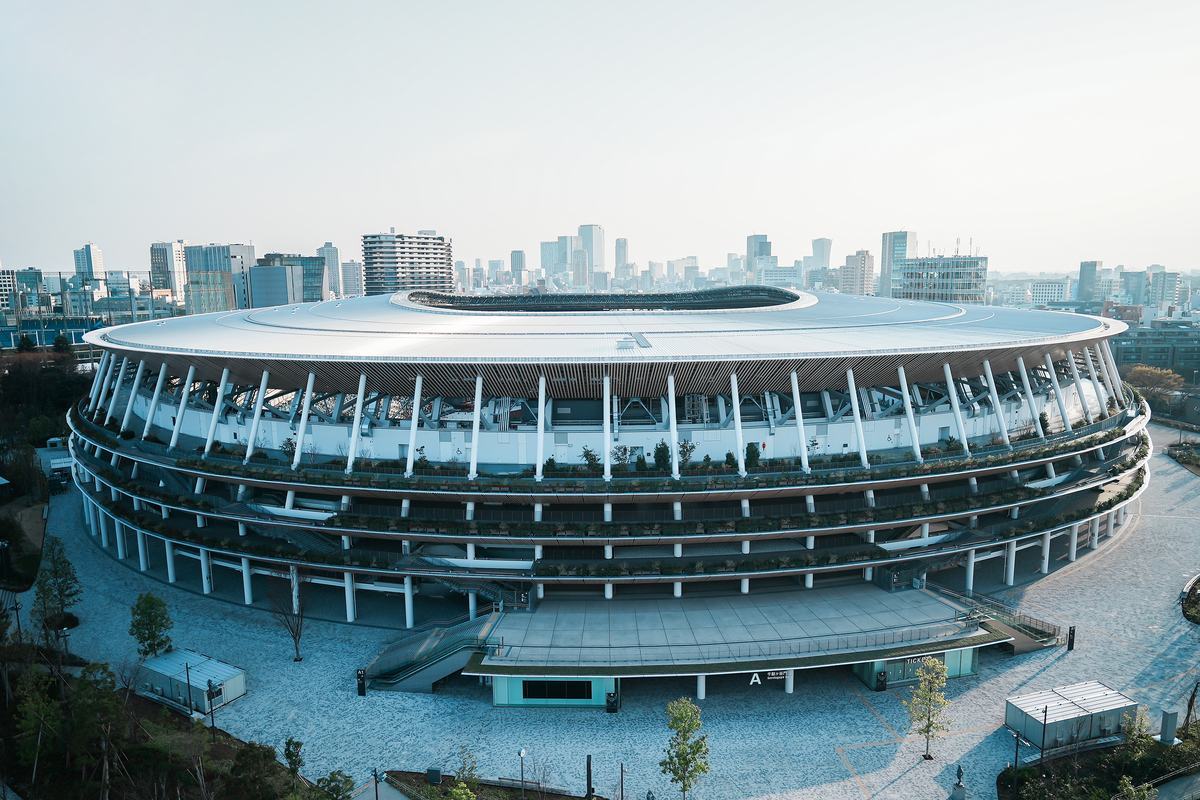
To present Tokyo as a striving megalopolis for a revolutionary future, the city has moved forward to demolish a few remnants of “old” Japan. One of the major refurbishments is the makeover of the New National Stadium in Sendagaya, which was the principal venue during the 1964 Tokyo Olympics and the Third Asian Games in 1958. It was originally built in 1924 on the site of the former Aoyama Drill Grounds and became Japan’s first full-scale athletic field. This year, the stadium will host the opening and closing ceremonies for both the Olympic and Paralympic Games in addition to track and field events and football matches.
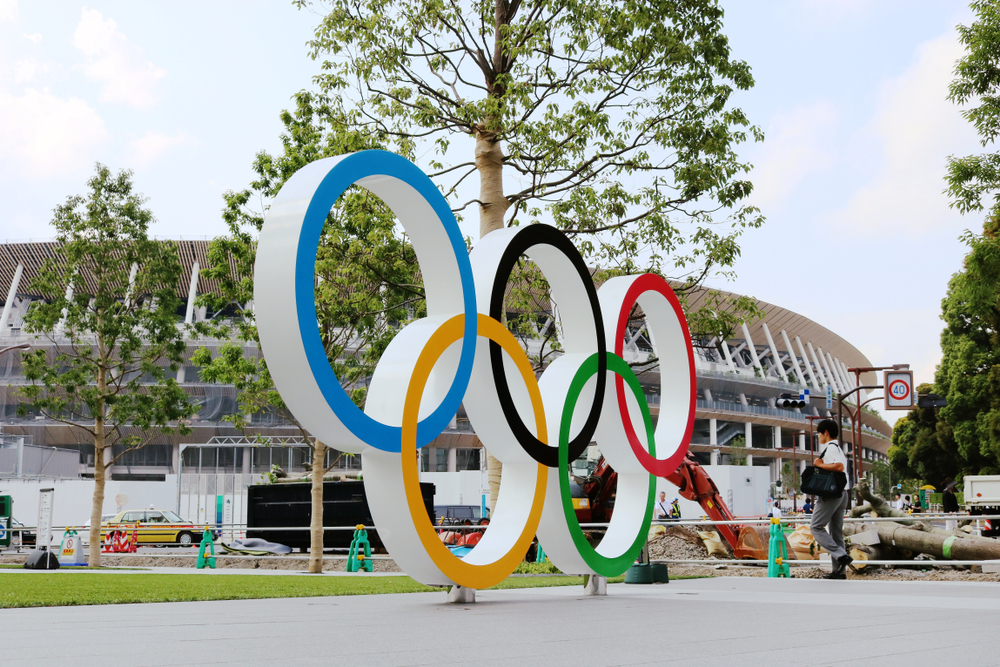
The New National Stadium, designed by renowned Japanese architect Kengo Kuma, was unveiled in November 2019. It incorporates wood and greenery to embrace what Kuma has referred to as a “truly Japanese sports venue with a warm and natural atmosphere.” Kuma has deviated from the concrete used in the 1964 Tokyo Olympics architecture and has instead “brought back” the environmental consciousness of living with natural materials. Furthering the Japan connection, he drew inspiration from by the five-story pagoda in Horyuji Temple, Nara. Similarly, he installed wooden eaves with multiple overlaps on the outer periphery of the building in order to bring in natural ventilation. Wood was also applied in the athletes’ dressing rooms. The bowl-shaped and three-layered stands inside the arena, which incline steeply, will allow spectators full and amazing views of the field from any angle.
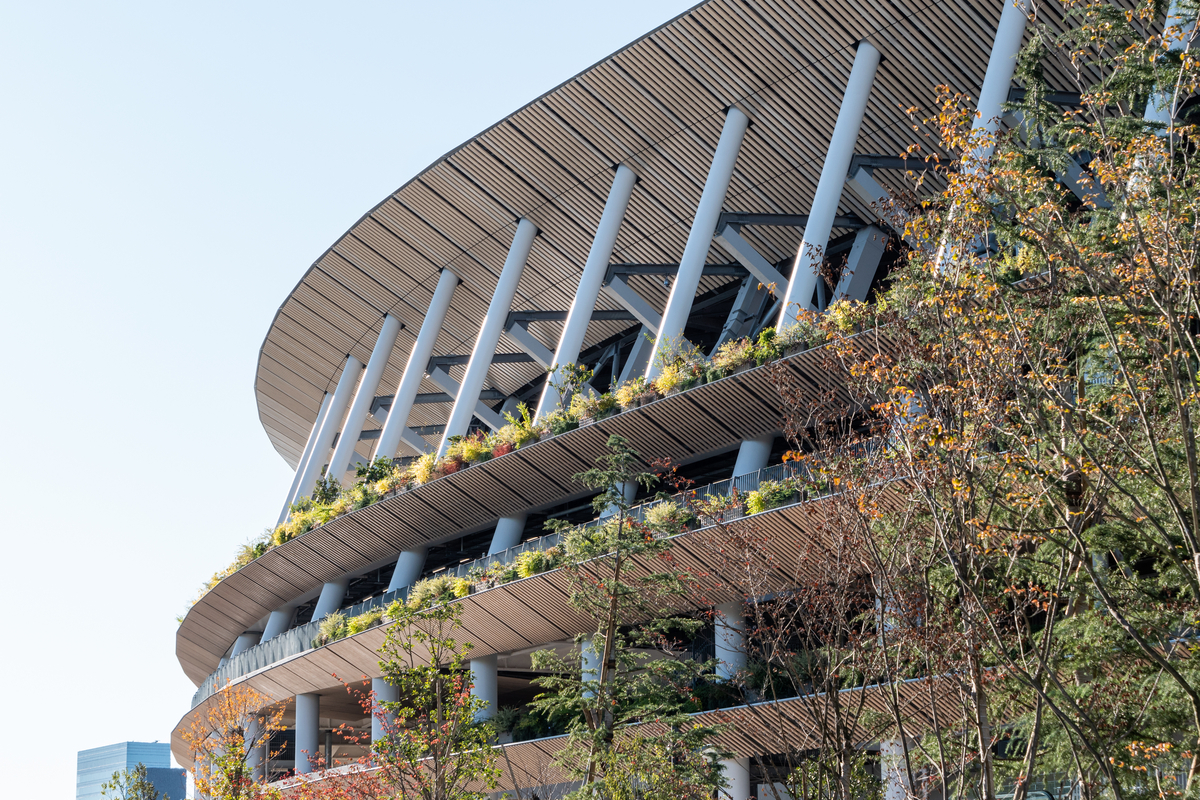
Consisting of two underground floors and five floors above ground, the stadium has around a 60,000-seat capacity (approximately 500 of those seats are reserved for wheelchair use). It takes pride in using 47 wood varieties from 47,000 trees collected from 47 prefectures. There is also a rooftop garden on the fifth floor planted with cherry blossom, plum and maple trees, which welcomes visitors for a pleasant stroll.
The stadium will be used as a training venue for various sports activities, including futsal and swimming. In April, it hosted a soccer game for Nadeshiko Japan. After the Olympic Games, it will be used for national soccer and rugby matches as well as other sports and cultural events.
Where: 10-1 Kasumigaokamachi, Shinjuku-ku
Yoyogi National Gymnasium
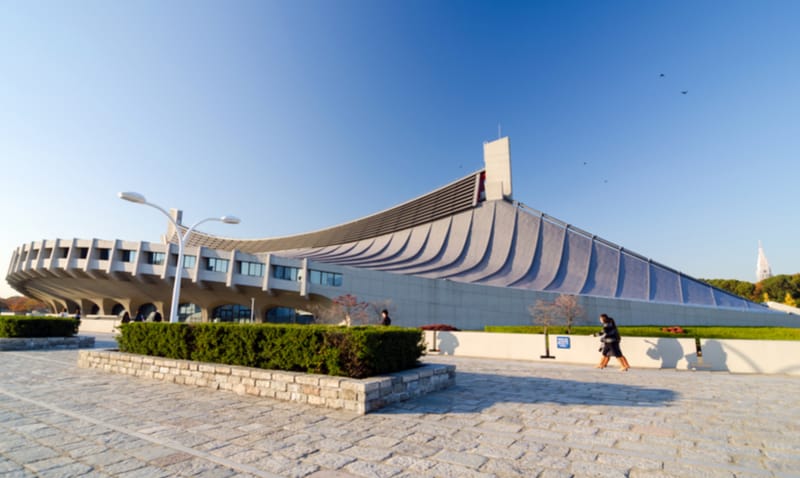
Probably regarded as the most outstanding architectural icon of the 1964 Tokyo Olympics, the Yoyogi National Gymnasium is still admired today. Located at Yoyogi Park and designed by legendary architect Kenzo Tange, this venue is famous for its futuristic suspended roof with a sweeping plane and curved concrete base. The arena has a seat capacity of 13,291 for the first gymnasium (usually used for figure skating, futsal and volleyball) and 3,202 for the smaller gymnasium (usually used for basketball and badminton).
Tange’s design concept was inspired by Le Corbusier’s Philips Pavilion and Ingalls Rink hockey stadium designed by Eero Saarinen. There’s also a touch of Western modernist aesthetics featuring geometric patterns and traditional Japanese architecture. It was the venue for the 2006 and 2010 Women’s Volleyball World Championships, as well as past swimming and figure skating events.
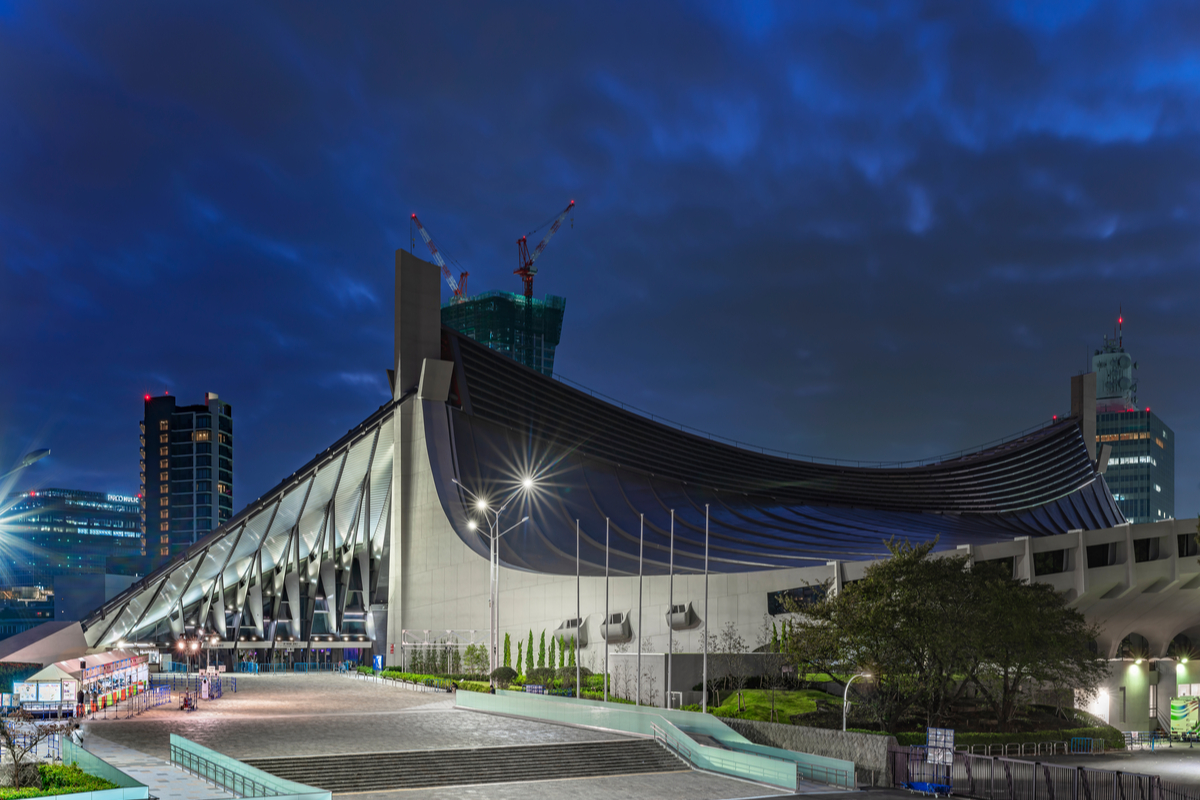
Currently, it is being used for ice hockey, futsal and basketball. Yoyogi Gymnasium has been renovated and will be one of the Tokyo Olympic venues this year. The scheduled events include handball, para-badminton and wheelchair rugby. The athletic, soccer and hockey fields are planned to be open for training during the summer. The Tokyo Metropolitan Government has expressed its intention to use the stadium for training and national sports events once the Olympic and Paralympic Games are over.
Where: 2-1-1 Jinnan, Shibuya-ku
Komazawa Olympic Park
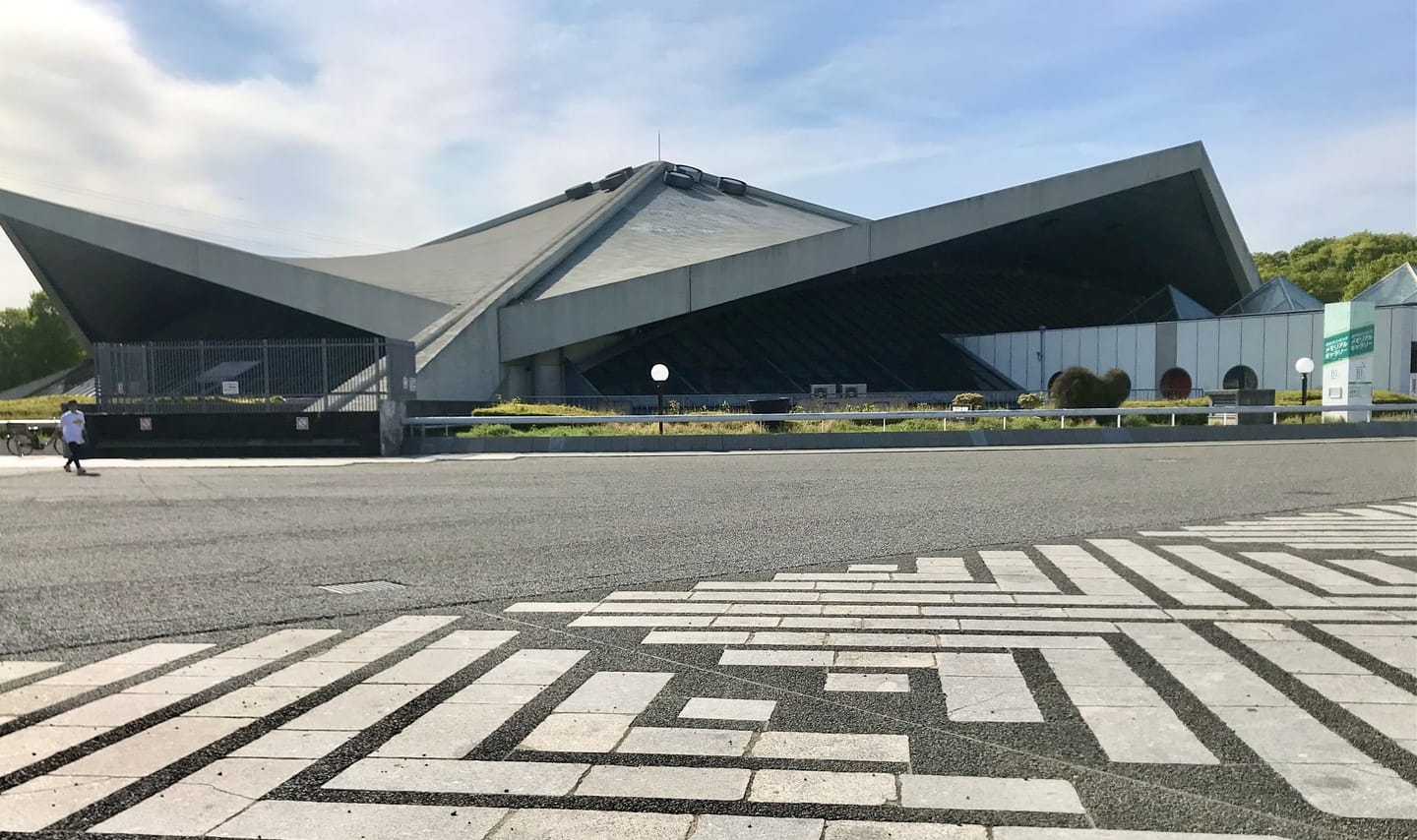
Photo by Alma Reyes
The Komazawa Olympic Park ranks as the eighth largest park in Tokyo. It serves both as a sports venue and a public park.Previously the Tokyo Golf Club, where Emperor Hirohito played George V, King of the United Kingdom, it was supposed to be the main venue of the 1940 Tokyo Games until the event was canceled due to the Second-Sino Japanese War. Redevelopment of the park began in 1962 in time for the 1964 Olympics. The sports facilities inside the park include an athletic field, baseball fields, tennis courts, outdoor ball sports grounds, a swimming pool, an indoor gym and a Japanese archery range as well as a 20,000-seat capacity stadium for soccer and American football.
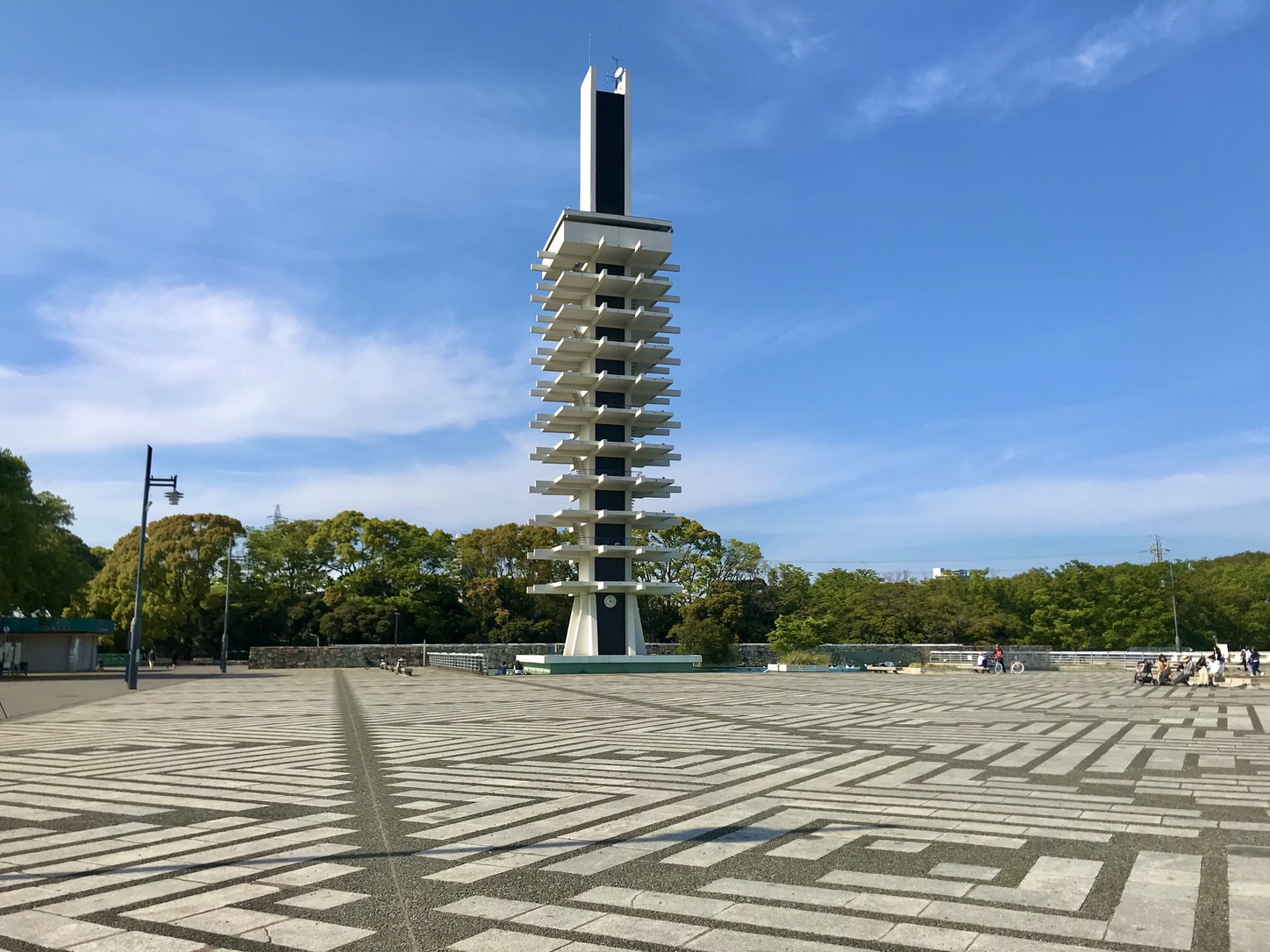
Olympic Memorial Tower. Photo by Alma Reyes
Located in Setagaya where luscious trees and numerous green fields abound, the Olympic Park remains a popular spot for leisure activities. Cycling, skateboarding, picnics and jogging can all be enjoyed there. There are also animal-themed parks for children, a wading pool and a small pond by the Olympic Memorial Tower. This iconic 50-meter-tall tower, designed by architect Yoshinobu Ashihara, reflects the traditional Japanese pagoda structure. Modernized in the style of the Japanese Metabolism movement of the 1960s, it is also one of the most remarkable landmarks of the 1964 Games. Beside it is a gymnasium in which you can find an Olympic Memorial Gallery, displaying souvenir photographs from the past Olympics and other major sports tournaments.
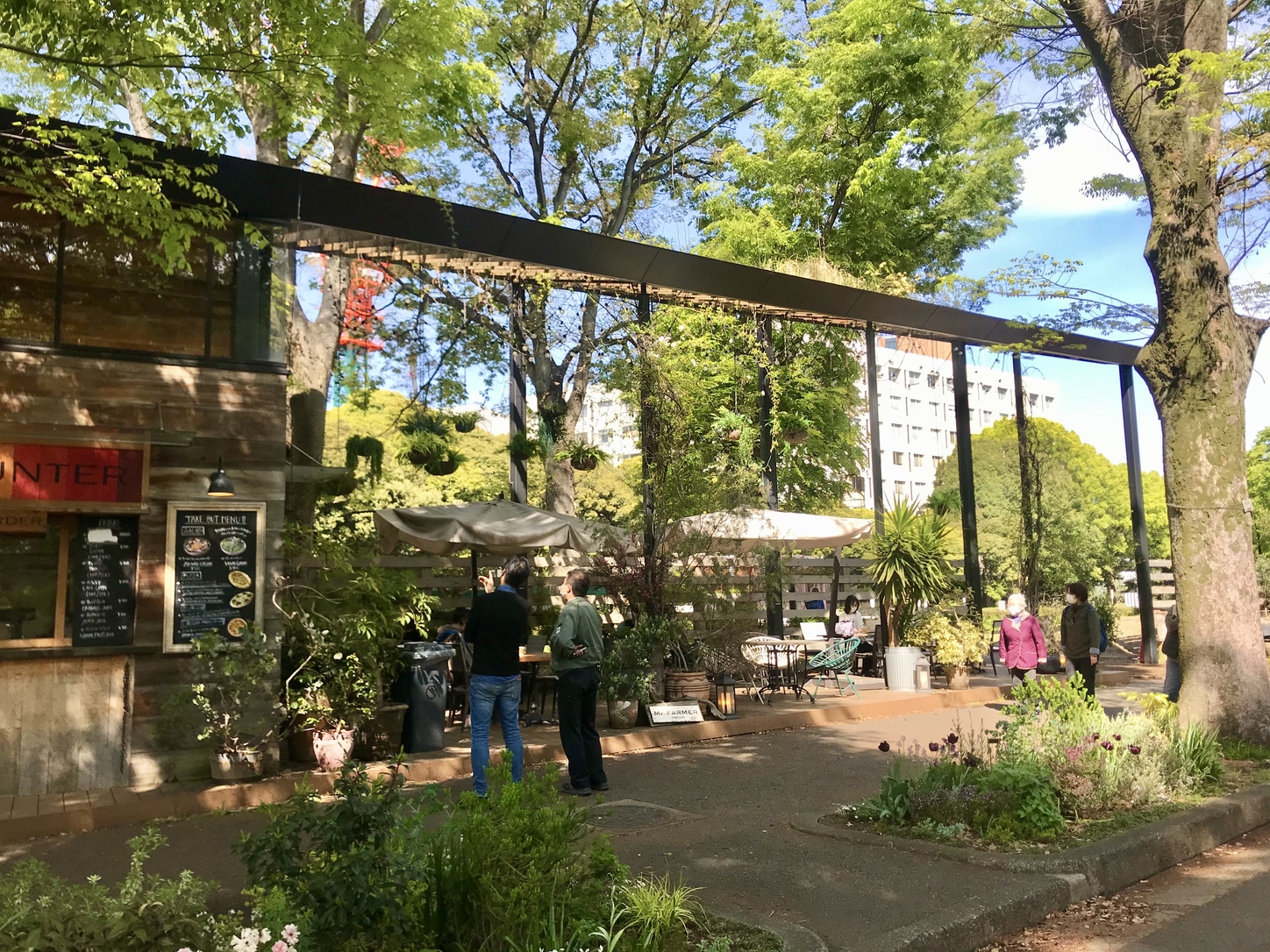
Photo by Alma Reyes
A new cozy, cottage-style restaurant café with a relaxing outdoor terrace called Mr. Farmer, can be found at the West entrance. For this year’s Olympic Games, the football and athletic fields are planned for athletes’ training grounds. The other sports grounds, baseball field, tennis courts, gymnasium, indoor ball sports field and Japanese archery range are open to the general public.
Where: 1-1 Komazawakoen, Setagaya-ku
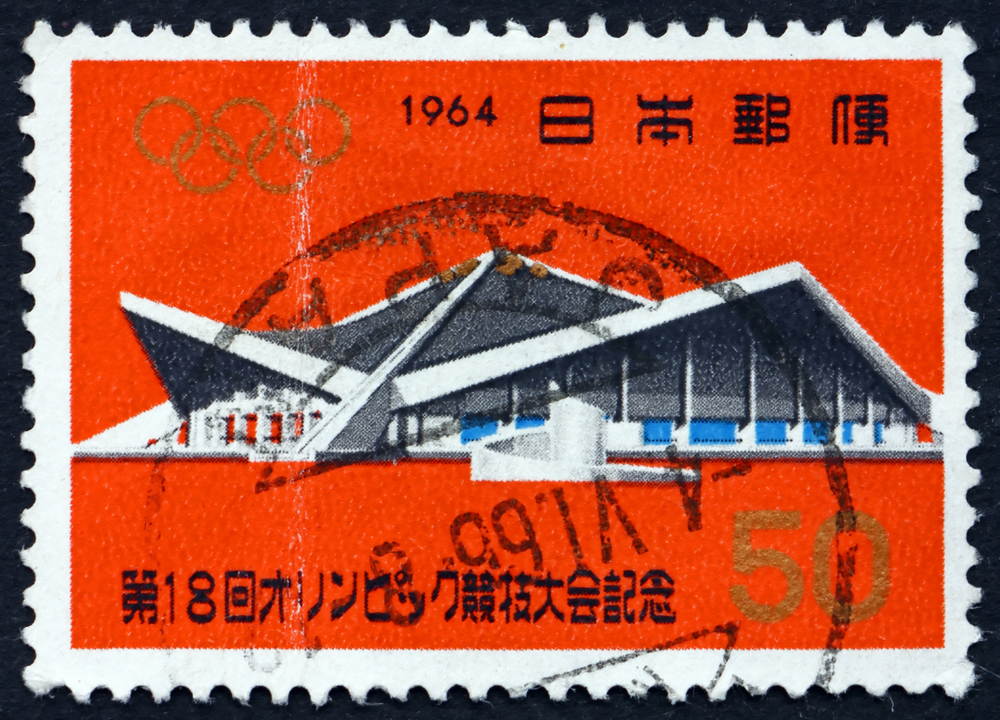
A stamp printed in Japan shows Komazawa Gymnasium, a venue for the 1964 Olympics in Tokyo
Read more about the Tokyo Olympic Venues:
Tokyo Olympics 1964 vs. 2020: We Compare the Iconic Venues

